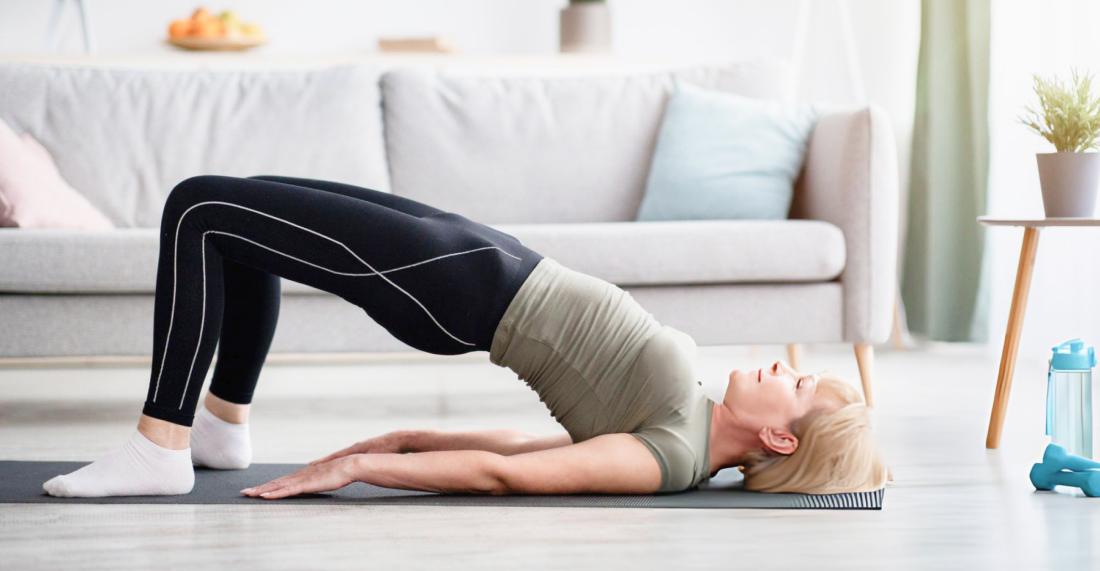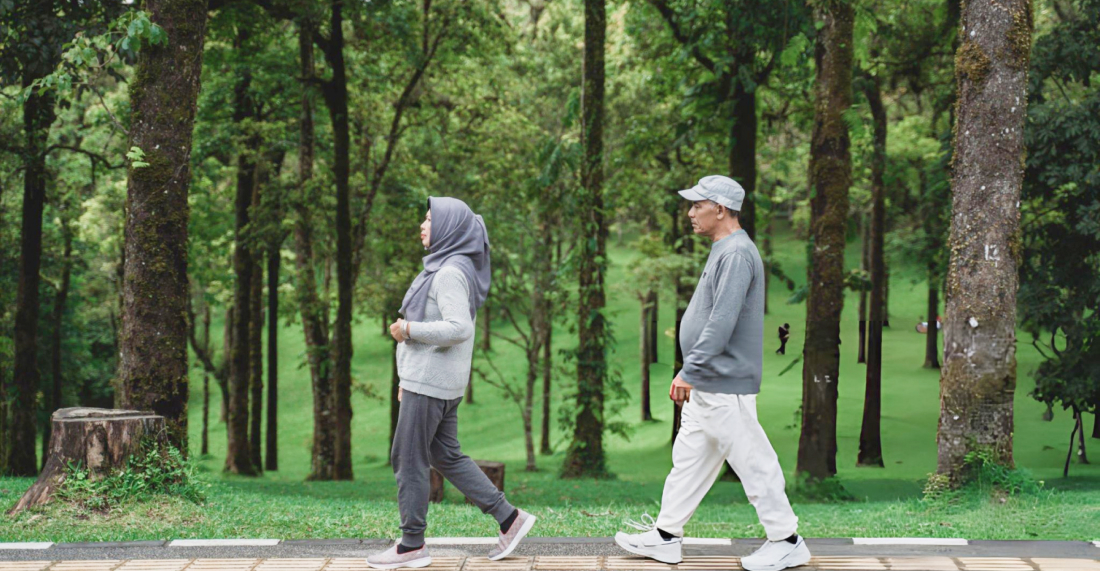

Osteoporosis is a condition characterised by weakened bones, making them more prone to fractures. Regular exercise is a cornerstone of managing osteoporosis and improving bone health. However, exercising safely is critical to avoid injuries while maximising benefits.
In this guide, we’ll explore what exercises should be avoided with osteoporosis, the best exercises for osteoporosis, and effective routines like weight-bearing exercises for osteoporosis at home and spine-strengthening exercises for osteoporosis.
Osteoporosis affects millions of people worldwide, particularly postmenopausal women and older adults. Bones lose density over time, becoming fragile. Exercise helps maintain bone density, improve balance, and reduce the risk of falls and fractures.
However, certain movements can do more harm than good, especially if you have osteoporosis. A tailored, safe exercise plan can help you stay active while protecting your bones.
While exercise is beneficial, some movements can increase the risk of fractures. Avoid the following:

Strengthening the spine is crucial for preventing fractures. The following exercises are effective:
Weight-bearing exercises force your body to work against gravity, promoting bone health. Here are some you can do at home:
Here are five essential exercises to include in your osteoporosis management plan:

Walking is often considered the best exercise for osteoporosis. It’s weight-bearing, low-impact, and easy to do almost anywhere. Walking improves bone health, strengthens muscles, and enhances balance. Aim for 30 minutes a day, five times a week.
The spine is particularly vulnerable to osteoporosis. Strengthen it with these exercises:
People suffering from osteoporosis need to exercise cautiously, here are some precautions that you should take:
Exercising with osteoporosis requires caution but can significantly improve your quality of life. Focus on low-impact, weight-bearing, and strength-training exercises to enhance bone density and overall health. Avoid high-risk movements, prioritise spine safety, and consult professionals for personalised plans.
Sources:
Spread the love, follow us on our social media channels